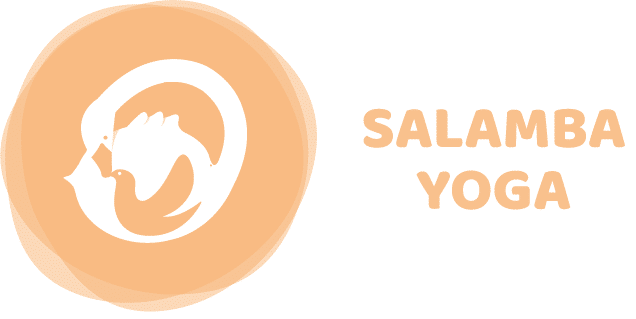B.K.S Iyengar also popularly known as guru ji in Iyengar yoga community was the master who made famous the application of yoga props for different yoga asana practitioners. His committed and continuous work to make yoga practitioners understand the correct impact of the postures made him improvise and use different objects to support his student’s bodies while doing yoga asanas. Resultantly now we have so many established props that we may use to support our yoga practice. Some of the easily available props in every yoga studio are yoga blocks, yoga ropes and belts, yoga chair, bolsters and walls of the yoga studio.
Slowly and gradually some of the props are becoming intrinsic part of every yoga class. So much that even Ashtanga yoga practitioners and Vinyasa flow practitioners have also begun using these in their yoga practice. However there is still a prevailing notion that usage of the props makes the posture easier and many a yoga students have aversions to the props. On the contrary there are many other students who have developed a strong dependence of the props as well.
Usage of the yoga props is not intended to make a posture easier but achievable. The required musculoskeletal dynamics of any posture must be achieved to really understand the impact of the posture and usage of props like blocks and chairs etc is intended to make yoga students achieve the correct yoga posture. Let’s take an example of yoga blocks, Uttanasana or standing forward bend is difficult to achieve for beginners cause of stiff back or tight hamstrings or both. Most of yoga teachers use blocks to overcome this physical muscular limitation which is an appropriate thing to do. However if still by making use of the blocks the spinal column doesn’t show any length and lightness blocks are of no use. Hamstrings stretch is definitely reduced by making use of the blocks however the posture has not been achieved still since the torso has not gained the correct length. So blocks would have to be placed at a slight distance for the feet to really lengthen the torso.
Correct usage of props must be understood and props should never be used ambiguously just with an intention to make the student feel that they are doing the posture easily. Because making posture easy is not the intention of the yoga prop.
Similarly lots of yoga teachers use yoga belts for assisting the students in backward bending. Setubandha Sarvangasana and Purvottansana are such postures where belts are used around lower back to pull the student deeper into the bend. Lower back is a sensitive area especially when students are being pulled as they perform spinal extension. Use of belts at a wrong point on lower back will reverse the intention of using a prop by negatively impacting the spinal column and sacral parasympathetic nervous action. So it becomes very important that as a yoga teacher we know that pulling action has to come from the middle buttock area and not from lumbar to really feel the opening in abdomen and chest.
Lots of yoga teacher training schools in India are also teaching with the help of props. Yoga programs in dharamshala being conducted by salamba yoga teacher training school has an active usage of props and special classes are done to teach students how to make use of a yoga props correctly. Out teacher training program incorporates yoga props usage techniques and fundamentals based on different body types. Intelligent application of props is discussed with practical application and demonstration.
